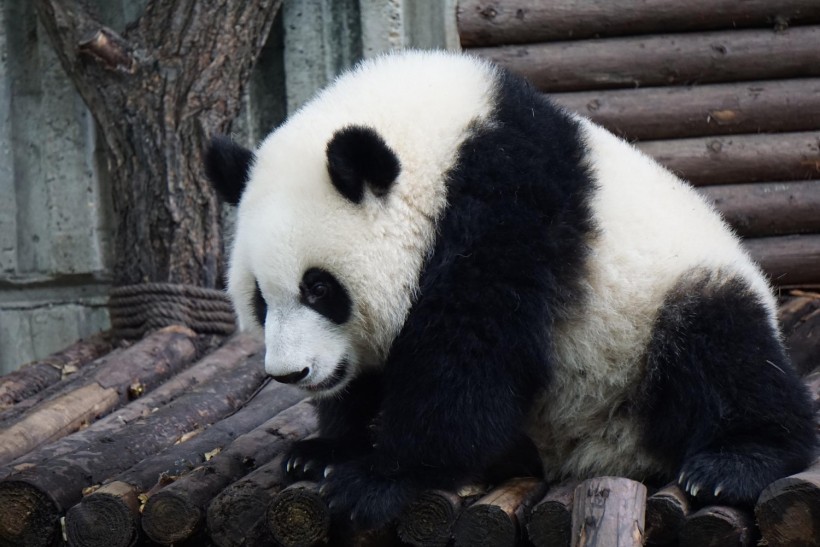Scientists, who claim that it is the last known and most evolved European giant panda, have discovered a new panda. They believed that this species lumbered through the forested wetlands of Bulgaria around six million years ago.

Panda Adult Big
Europe's Giant Panda Discovery
Two fossilized teeth unearthed from the bowels of the Bulgarian National Museum of Natural History in the late 1970s provide new evidence of a significant relative of the modern giant panda. However, unlike today's iconic black and white bear, it was not entirely reliant on bamboo. The research was published in the peer-reviewed Journal of Vertebrate Paleontology.
Professor Nikolai Spassov of the Museum said that the new species is not a direct ancestor of the modern genus of the giant panda, yet it is a close relative."This discovery demonstrates how little we still know about ancient nature, as well as how historic paleontological discoveries can lead to unexpected results even today," he said.
When the upper carnassial tooth and an upper canine were discovered in northwestern Bulgaria, paleontologist Ivan Nikolov cataloged them and added them to the museum's trove of fossilized treasures. In his honor, the new species is named Agriarctos nikolovi. Spassov recalled that it took him a long time to figure out the locality and how old it was. It even took him longer to realize that it was an unknown fossil giant panda. He said that it has only one label, written vaguely by hand.
The coal deposits where the teeth were discovered, giving them a blackened hue, indicate that the ancient panda lived in forested, swampy areas. During the Miocene epoch, it most likely ate a mostly vegetarian diet, which means it was not entirely dependent on bamboo! The fossil of the staple grass that sustains the modern panda is scarce in the European fossil record, particularly in the Bulgarian late Miocene. It is also determined that the teeth's cusps do not appear strong enough to crush the woody stems.
Instead, it most likely fed on softer plant materials, which fits with the general trend in this group's evolutionary history of increased reliance on plants. Giant pandas in humid forests are more likely to specialize in vegetable food due to competition with other species, particularly carnivores and probably other bears. A. nikolovi's teeth provide adequate defense against predators. Moreover, the size of the canines is similar to that of a modern panda, indicating that they belonged to an animal that was the same size or only slightly smaller.
ALSO READ: Pandas Can Eat 45 Kilos of Bamboo for Up to 15 Hours Each Day
Giant Panda Evolution History
The authors suggest that A. nikolovi may have become extinct due to climate change, most likely due to the Messinian salinity crisis, which occurred when the Mediterranean basin dried up and altered the surrounding terrestrial environments.
Co-author Qigao Jiangzuo of Peking University in China proposes two possible distribution pathways for the Ailuropodini, a tribe within the Ursidae bear family. This group is best known for its only living representative, the giant panda.
One possible evolutionary path would have the Ailuropodini leaving Asia and ending in A. nikolovi in Europe. But, Spassov adds caution to the hypothesis, stating that the oldest members of this group of bears were found in Europe. It suggests that the group may have developed in Europe and then moved to Asia.
RELATED ARTICLE: Panda Captures Rolling Down In Viral Video; Why Are These Adorable Creatures So Clumsy?
Check out more news and information on Environment in Science Times.



![Earth's Quasi-Moon Kamo‘oalewa Could Originate From Lunar Surface Not Asteroid Belt [Study]](https://1721181113.rsc.cdn77.org/data/thumbs/full/53275/89/56/50/40/earths-quasi-moon-kamo-oalewa-could-originate-from-lunar-surface-not-asteroid-belt-study.png)










